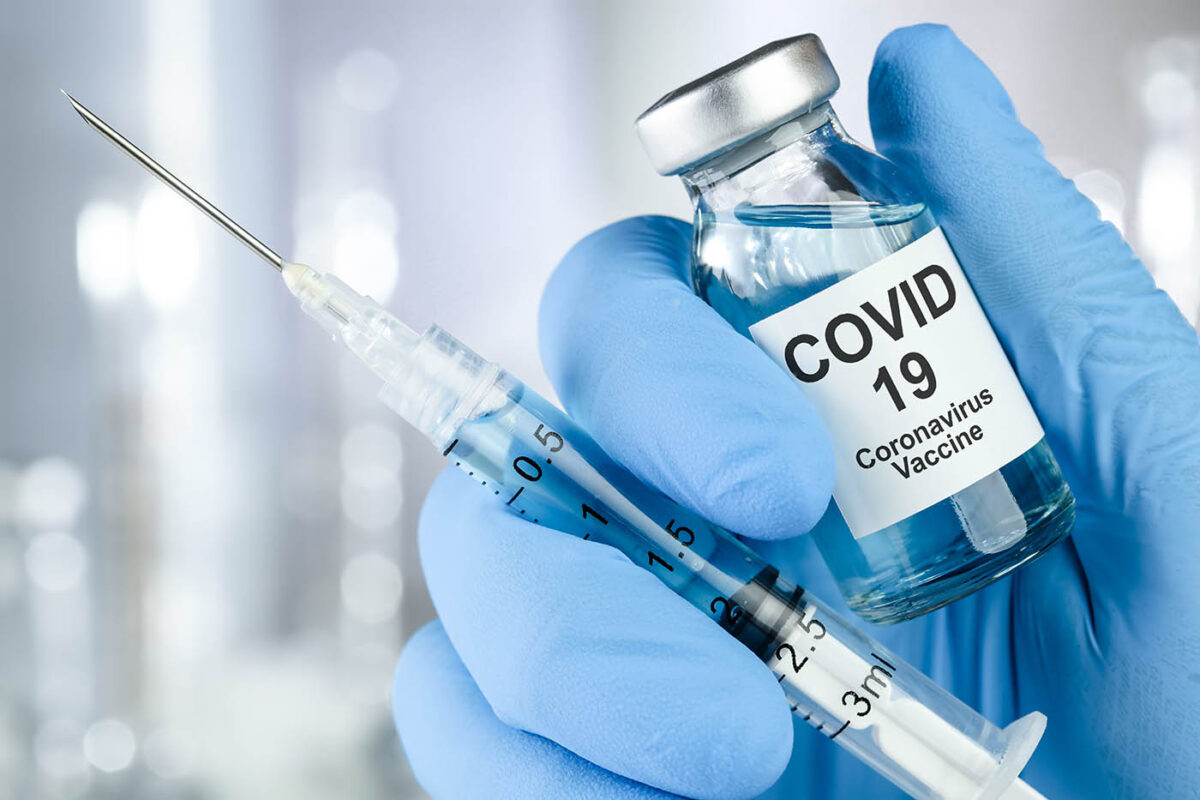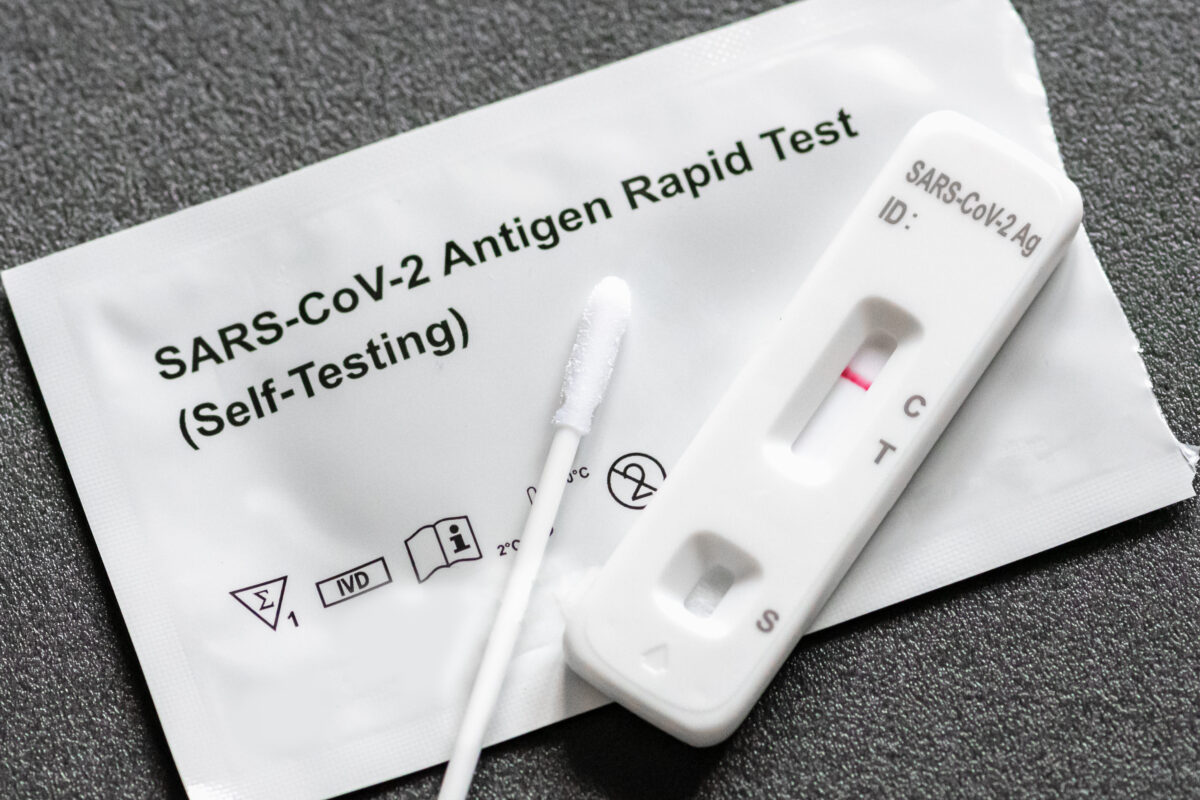
In this installment in our series explaining key terms and phrases used by public health officials in discussions of the COVID-19 pandemic, we look at the term “viral shedding.”
“Viral shedding” is a term you may have heard used in reference to the infectiousness of COVID-19. It occurs when a virus is released from an infected host. Studying viral shedding is helpful in understanding how infectious diseases like COVID-19 spread.
Researchers often define the term across a spectrum, using modifiers like “low” and “high” to describe levels of viral shedding. Assessing levels of viral shedding helps researchers determine at what point individuals are most infectious.
For example, a recently published study of 94 patients with COVID-19 suggests that those infected with the new strain of coronavirus have the highest levels of viral shedding right before showing symptoms. Other studies have shown that some individuals may continue shedding the virus even after their symptoms resolve, or subside; one study found that individuals with mild cases of the virus may continue viral shedding up to eight days after symptom resolution.
From a public health perspective, understanding viral shedding of COVID-19 is necessary to determine appropriate actions for virus mitigation. If viral shedding is indeed highest right before a person starts showing symptoms, robust contact tracing efforts to identify potential exposures is necessary to slow the further spread of COVID-19 in communities. Information about viral spread after symptom resolution also allows public health officials to determine appropriate measures for those who have recovered from COVID-19, including guidance on extended quarantine.
See more definitions of terms and other information about the pandemic on our website’s COVID-19 in Arkansas page.






